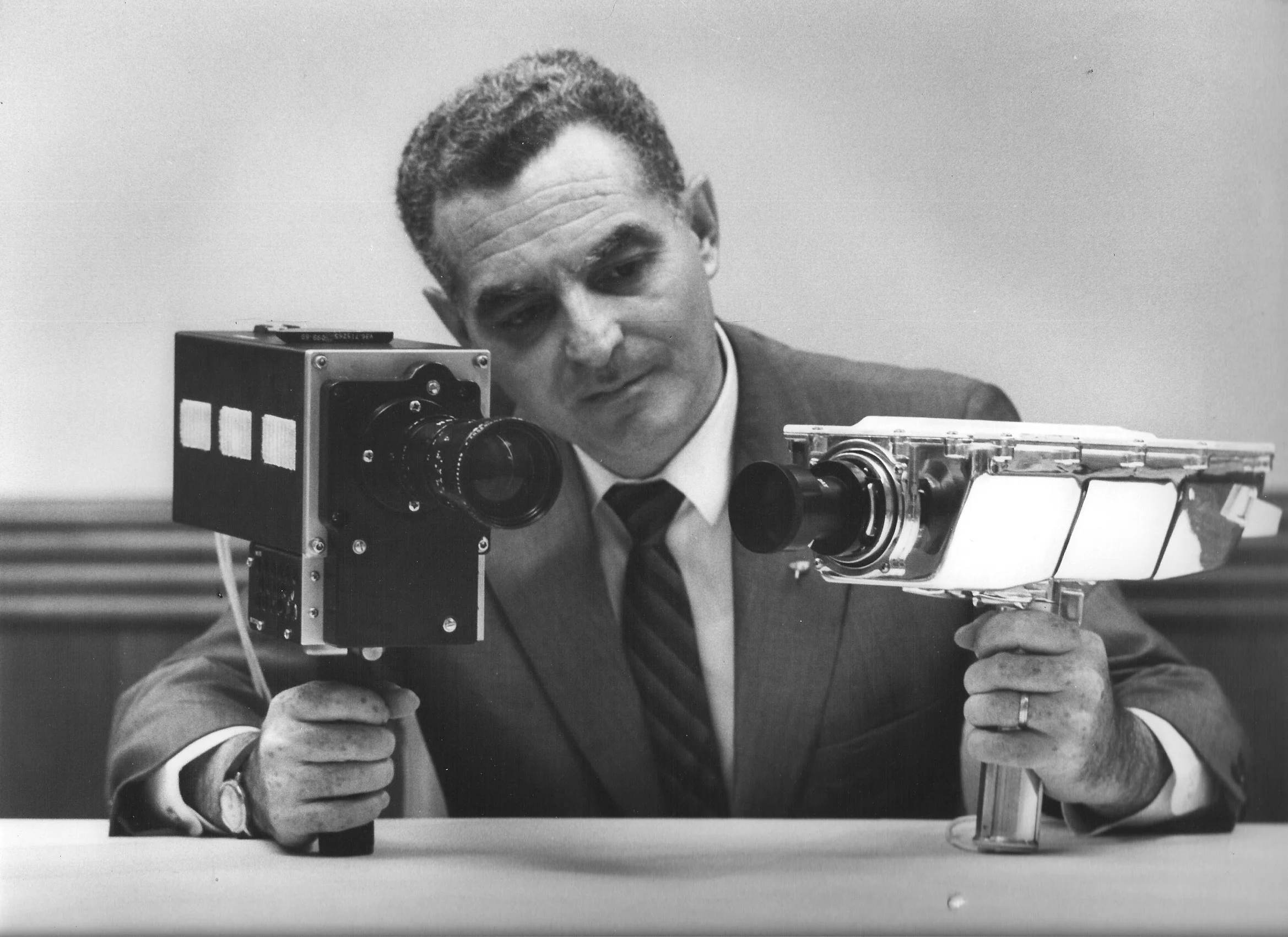Capturing the first - and last - steps on the Moon
NASA has always know the value of good pictures, but realtime transmissions from the moon always presented a challenge.
Over the course of just under three and a half years, a dozen men spent around 80 hours on the moon’s surface. Despite the lunatic (apols) fringe denying they ever happened, these are 80 of the most important hours in humanity’s history to date, and they were exhaustively filmed by NASA for the twin demands of both science and publicity.
It wasn’t always an easy task, however. Here’s a quick excerpt:
When it came to analogue photography, the Agency was already in a league of its own. In fact, it was so good that it deliberately downrezzed some of the pictures captured from the mid-60s Lunar Orbiter program designed to map out landing sites on the moon in case the Russians got wind of just how good it (and therefore, US spy satellite capabilities) was. These were essentially flying photobooths, which took pictures and developed the 70mm film in lunar orbit before the pictures were in turn raster scanned and transmitted back to ground stations on Earth.
And, of course, the high resolution iconic images of lunar exploration that are indelibly ingrained on the cultural consciousness were captured with the dozen Hasselblad HDC analogue cameras that still litter the Moon’s surface, weight margins for the return journey being so fine that only the film was brought back to be developed.
Television though was a different challenge and one that was very much constrained by bandwidth. Given that a lot of the data that was being transmitted from the LM back to Mission Control was literally mission critical — voice, telemetry, biomedical etc. — the video signal was only allocated 500Khz of the available spectrum. The commercial television of the time in the US was used to transmitting 525 scan lines of data at 30fps in 5Mhz, so the problem was a significant one.
You can read the full piece over at IBC365 here: Capturing the first - and last - small steps on the Moon





